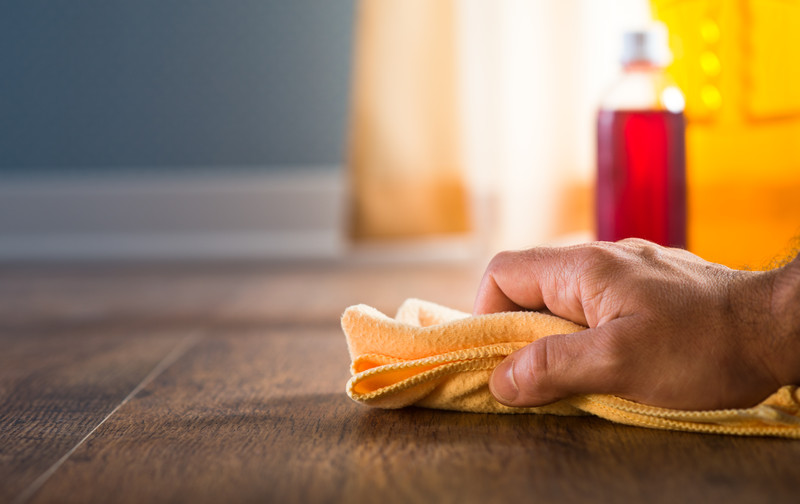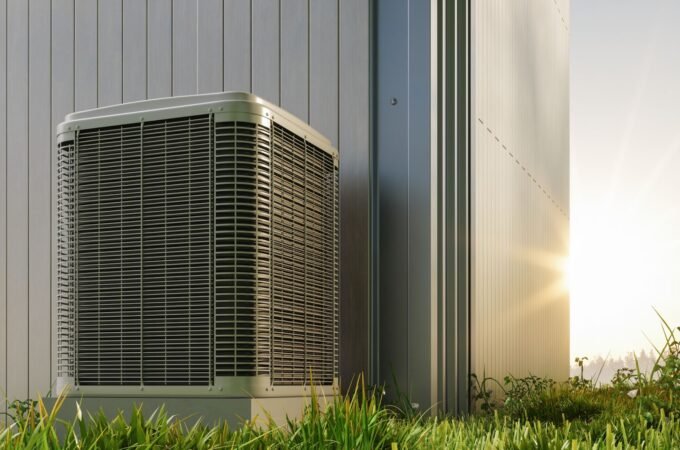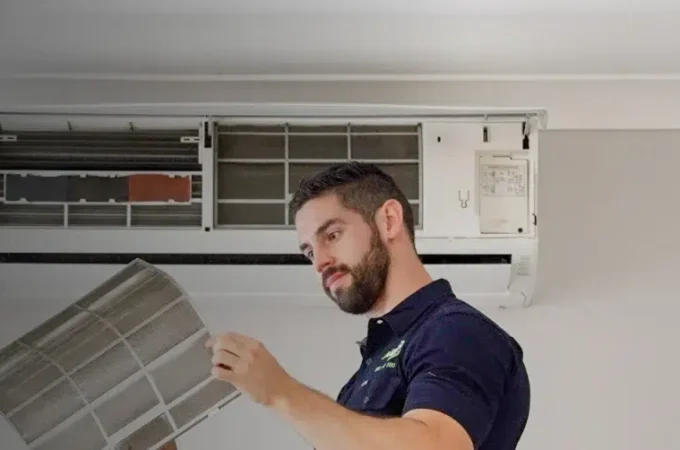
House Care 101: How to Clean Different Types of Flooring
Your floor is one of the largest pieces of your home and also one of the most prone to dirt and grime. Between tracking in debris on the bottom of your shoes to pets to children, your flooring requires regular cleaning to ensure that your home stays sanitary.
That said cleaning your floor isn’t as simple as you might think. Different types of flooring require different cleaning methods and products, using the wrong method or product can result in damage. And with the average cost of flooring installation being in the thousands.
Don’t worry, blunders in terms of floor maintenance are easy to avoid if you know how to approach it. To learn everything you need to know about floor care no matter what types of flooring are in your home, just keep reading.
Hardwood Flooring
Hardwood flooring is a popular option for homeowners because of its beauty and durability. If you take care of your hardwood floors, they’ll last a lifetime. That said, hardwood does require some upkeep to stay in top shape.
At least once a week, you should be going over your hardwood flooring with a broom or dust mop. The best option for this task is a dust mop with a microfiber head that’s been treated with a dusting agent. Though you can vacuum hardwood flooring, you shouldn’t use the beater bar attachment when you do so, as it can scratch your floors.
Beyond your weekly dust mopping or vacuuming of your wood flooring, you should complete a deep clean once a month or so. Use a mop and cleaning agent specifically made for wood floors.
First, dilute the cleaning product in water according to the instructions on the packaging. Dip your mop into the solution, but be sure to wring it out until it’s only slightly damp. Drenching your floors can cause water damage.
If there’s any water leftover on the floor when you’re finished, wipe it up. When you’re done mopping, turn on the ceiling fan or open the windows to promote airflow and speed up drying.

Carpet Flooring
Carpeting is often a more affordable option and can add warmth and texture to your home. However, its fibers make it quite difficult to clean.
Your first step in carpet maintenance should be to vacuum often to prevent dirt from being ground into the fibers. Vacuum at least once a week; more if you have pets, children, or high traffic.
Now, carpeting won’t last as long as hard flooring options, but with regular deep cleanings, you can greatly extend its lifespan.
When you deep clean your carpet, you should start by vacuuming as normal. Next, you can either use a steam cleaner or clean the old fashioned way with soap and a brush. With the former option, you can either rent the steamer from your local hardware store or hire a dry carpet cleaning professional.
If you go the latter route, lay baking soda or dish soap over any stains in your carpet. Then, fill a bucket with warm water and, using a brush or toothbrush, scrub the carpet clean.
It’s important to note that you should soak the floor with water – the last thing you want to do is cause your carpet to mildew. Instead, put just enough water to dampen the floor and use fans or open windows to air-dry afterward. When your carpet is dry, vacuum a second time.
Tile Flooring
Tile flooring is a popular choice for bathrooms, kitchens, and entryways, as it’s durable and relatively easy to maintain. Giving your kitchen a quick sweep should be part of your daily cleaning routine while sweeping or vacuuming your bathrooms and entryway should be a weekly task.
As with hardwood and carpeting, tile also requires a deep cleaning now and then to stay looking like new. Mop your tile flooring weekly or biweekly, and complete a deep cleaning once a month or when you begin to notice a build-up of grime.
When it comes to deep cleaning tile, different types of tile require different methods. This is because some types of tile are more resilient than others.

Ceramic and Porcelain Tile
Though ceramic and porcelain tiles are extremely durable, you should only use a solution of mild detergent and water when deep cleaning. If you notice any staining, use an appropriate cleaner for the type of stain and tile.
You might notice that your tiles appear dull after using a detergent to clean them. If this happens, all you have to do is go over the tiles with a nonabrasive all-purpose cleaner. Dry the floor with a cloth immediately after cleaning to prevent water spots and streaks.
Stone Tile
Natural stone tile, such as slate, granite, and marble, are more delicate than you might think. Be sure to use a cleaner specifically made for natural stone if you have one of these types of flooring.
When deep cleaning your stone tile, avoid using any acidic cleaners. Stick to pH-neutral options to avoid streaks and discoloration. You should also stay away from bristled brushes or scouring powders.
Resilient Tile
Resilient tiles include linoleum, vinyl, cork, and rubber. This type of tile requires the least maintenance but can be damaged if you use the wrong technique. For example, you should never use a steam mop or abrasive cleaner on these floors, as they’re not made to withstand these treatments.
A solution of water and white vinegar is all you need to keep resilient tiles like new. If you have waxed cork or linoleum tiles, you can apply a solid or liquid wax every 3-6 months.
Clean Different Types of Flooring Effectively With This Guide
Keeping your home clean is important to not only the look of your home but your mental and physical health as well. However, in order to keep your home in good condition, you need to approach cleaning the right way.
Not all flooring is created equal, and different types of flooring require different methods of care. But by using this guide, you can tackle floor cleaning with confidence, regardless of the type of flooring you have.
Looking for more tips and tricks for keeping a spotless home? Be sure to check out our blog!




